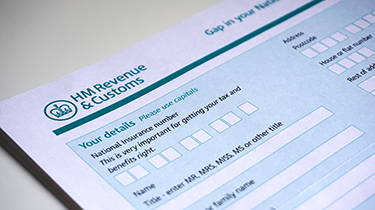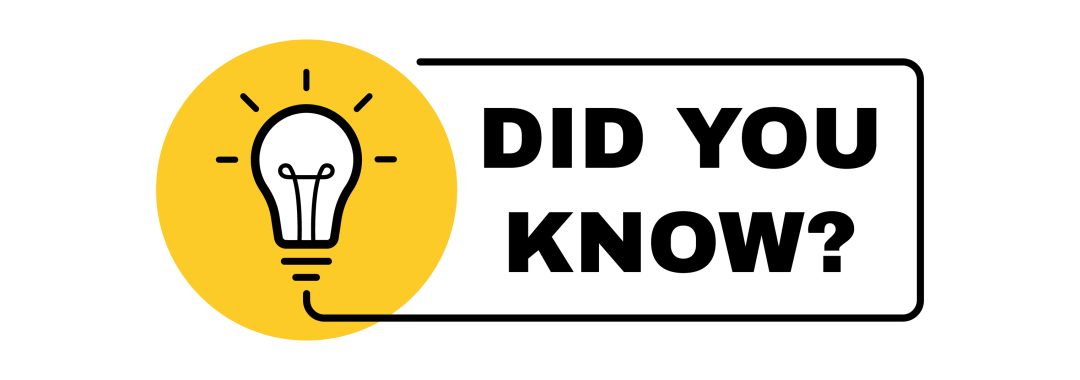Recent developments in the Self-Assessment tax return criteria have brought significant changes that everyone who files an Income Tax Self-Assessment (ITSA) should be aware of.
Announced in the Autumn Statement 2023 and through various updates and consultations throughout the year, these changes reflect HM Revenue and Customs’ (HMRC) ongoing efforts to simplify and modernise Income Tax services.
Below, we go over some of the key changes to the tax return system and how you should react to them.
Key changes in 2023
There have been three major announcements regarding the Self-Assessment criteria in 2023:
- Raising the income threshold: The income threshold for filing a Self-Assessment tax return, assuming no other criteria are met, was increased from £100,000 to £150,000. This adjustment applies from the 2023/24 tax year.
- Simplifying high income child benefit charge: A written ministerial statement in July outlined plans to streamline the process for taxpayers liable for the high income child benefit charge. The Government proposed a system allowing employed taxpayers to pay this charge through their tax code, eliminating the need to register for Self-Assessment. However, further details on this proposal are still pending.
- Removal of the £150,000 threshold: The Autumn Statement 2023 revealed that the £150,000 income threshold would be completely removed from the 2024/25 tax year onwards.
Unchanged criteria
Despite these updates, several criteria for Self-Assessment remain unchanged:
- Self-employment income over £1,000.
- Other untaxed income of £2,500 or more.
- Claims for tax relief on employment expenses exceeding £2,500.
- Income from savings or investments over £10,000 (tax on amounts below this level may be collected through a PAYE coding adjustment).
If you are confused as to whether you need to file a tax return for Income Tax Self-Assessment because of the new thresholds, visit the Government website to check your eligibility.
In some cases, even where income is below £150,000 it may still be relevant to file a Self-Assessment tax return. For example:
- Individuals earning more than £100,000 may have complicated tax affairs even if main income source is taxed under PAYE
- Additional rate taxpayers are not entitled to the personal savings allowance and so receiving a relatively small amount of bank interest would result in an income tax liability (higher rate tax payers only £500 savings interest free allowance)
- Taxpayers may overpay tax if they fail to claim relief for personal pension contributions or Gift Aid, for example
Alternatively, please get in touch with one of our team to discuss your tax liabilities and filing process.
The bigger picture
While these changes aim to simplify tax compliance many accountants have raised concerns about the piecemeal nature of these amendments potentially causing confusion.
HMRC has confirmed that other criteria are unchanged but continue to be under review.
Having said this, it is important to discuss the changes with your accountant as soon as possible.
Looking forward
The importance of HMRC’s ongoing developments cannot be overstated, such as the single customer account programme, in enhancing how taxpayers outside of Self-Assessment finalise their income tax liabilities.
As HMRC plans further changes in its digital services and operational processes, the landscape of Self-Assessment is poised for more transformation.
For more detailed information on Self-Assessment criteria, taxpayers are advised to refer to HMRC’s Self-Assessment manual and use their online tool to ascertain if they need to submit a tax return.
Understanding these changes is crucial for taxpayers to remain compliant and navigate the evolving tax landscape effectively so please keep an eye on further updates from HMRC and stay informed and prepared by communicating with your accountant.
If you are concerned about any of the issues raised by changes to the Self-Assessment criteria, please do not hesitate to get in touch with one of our team.
















